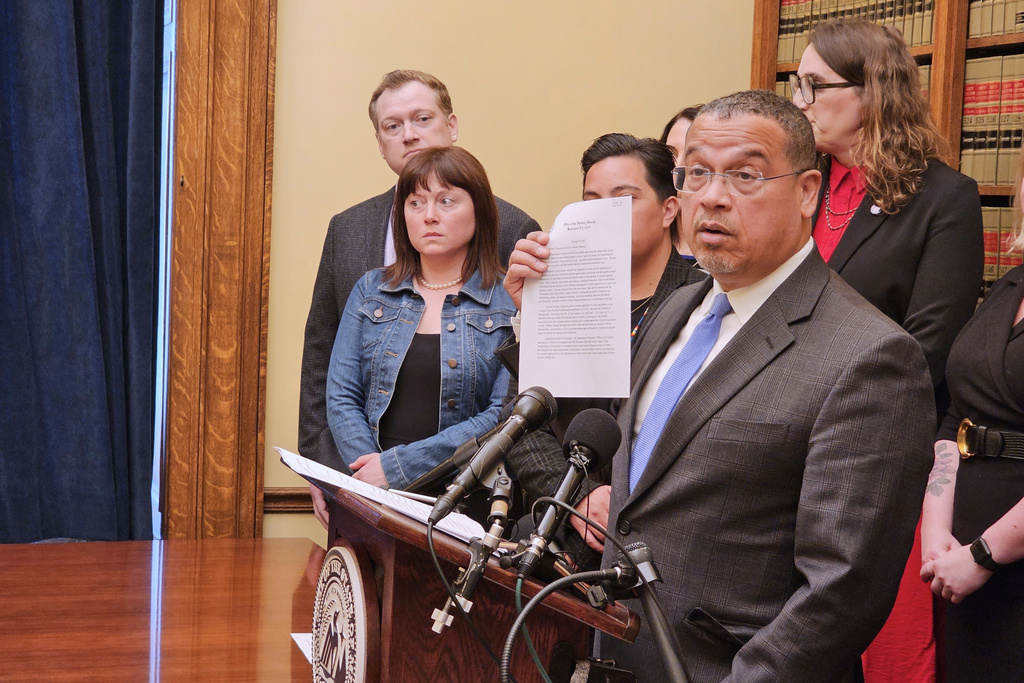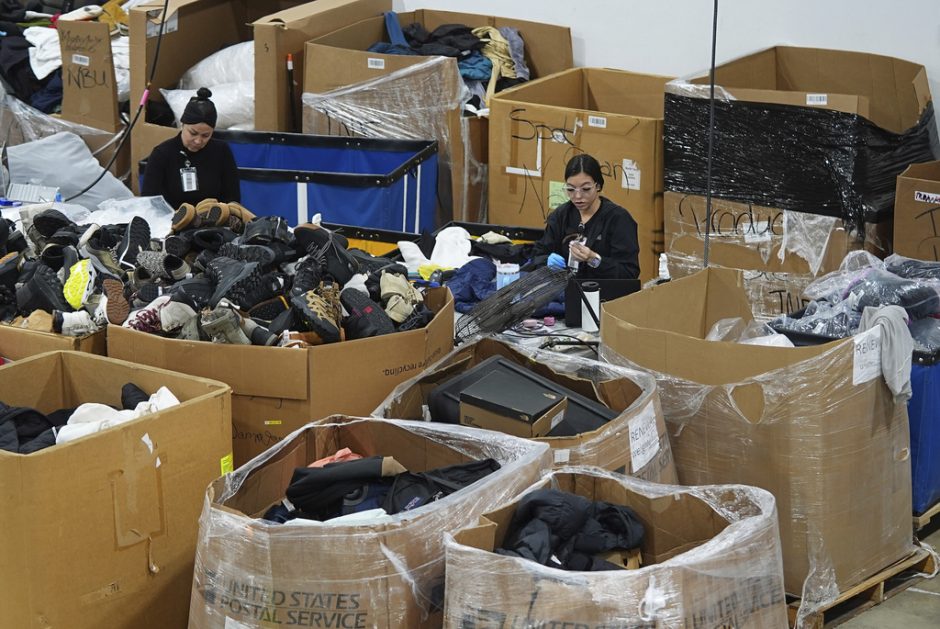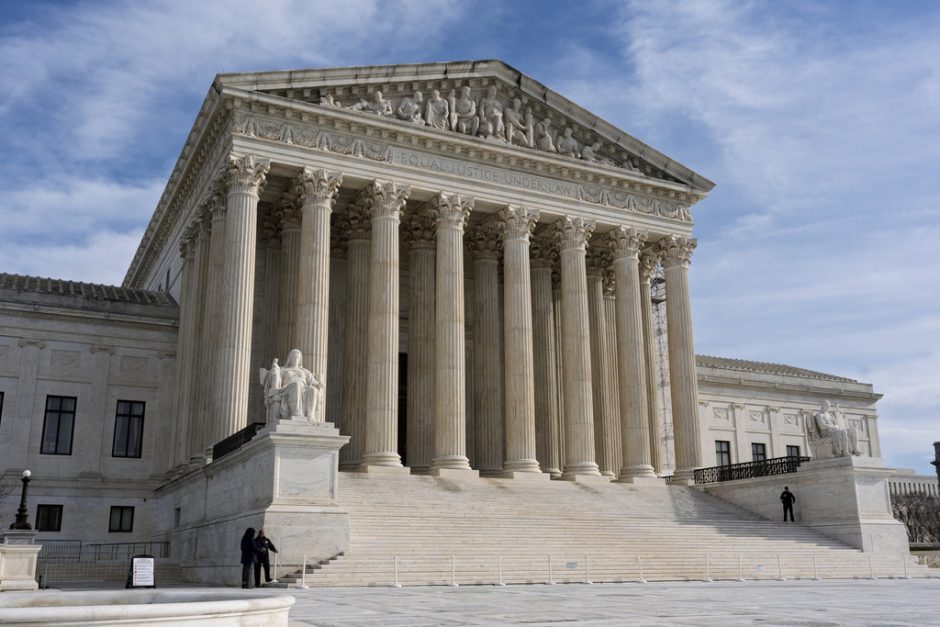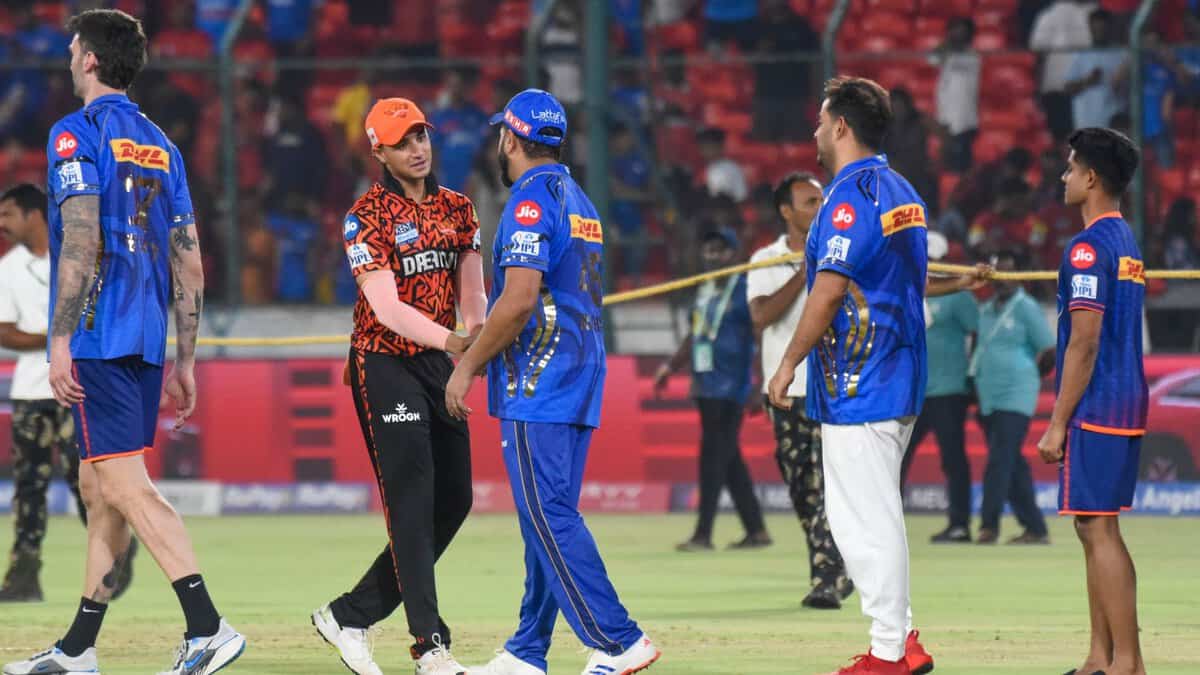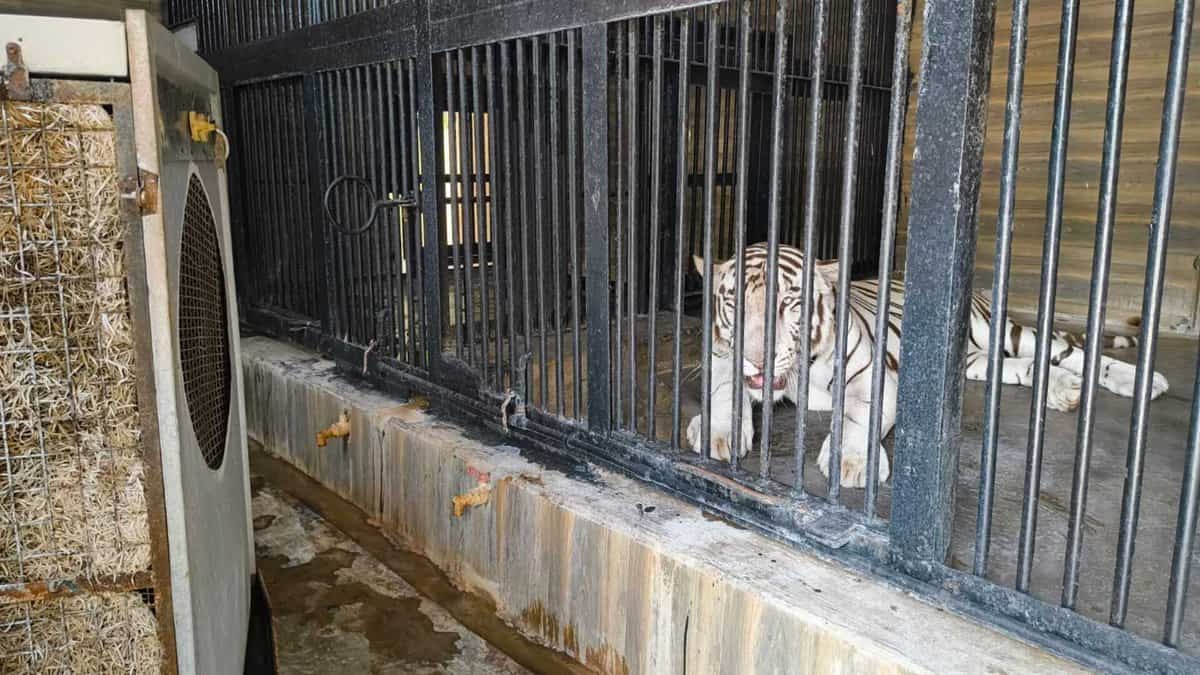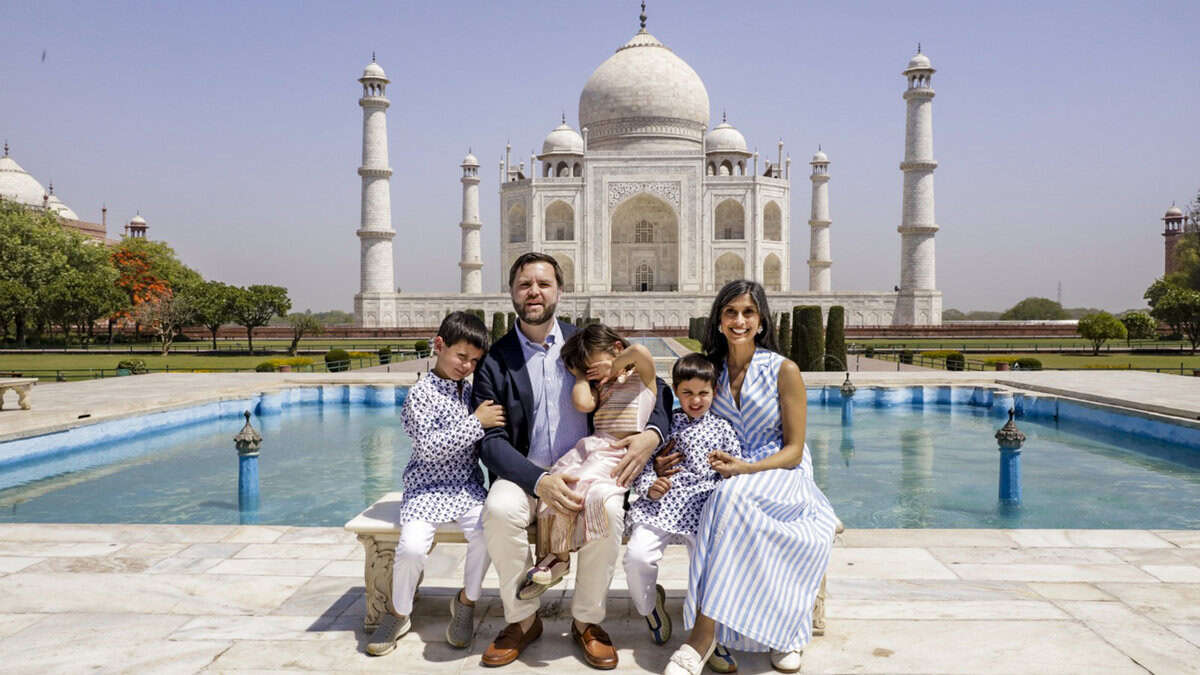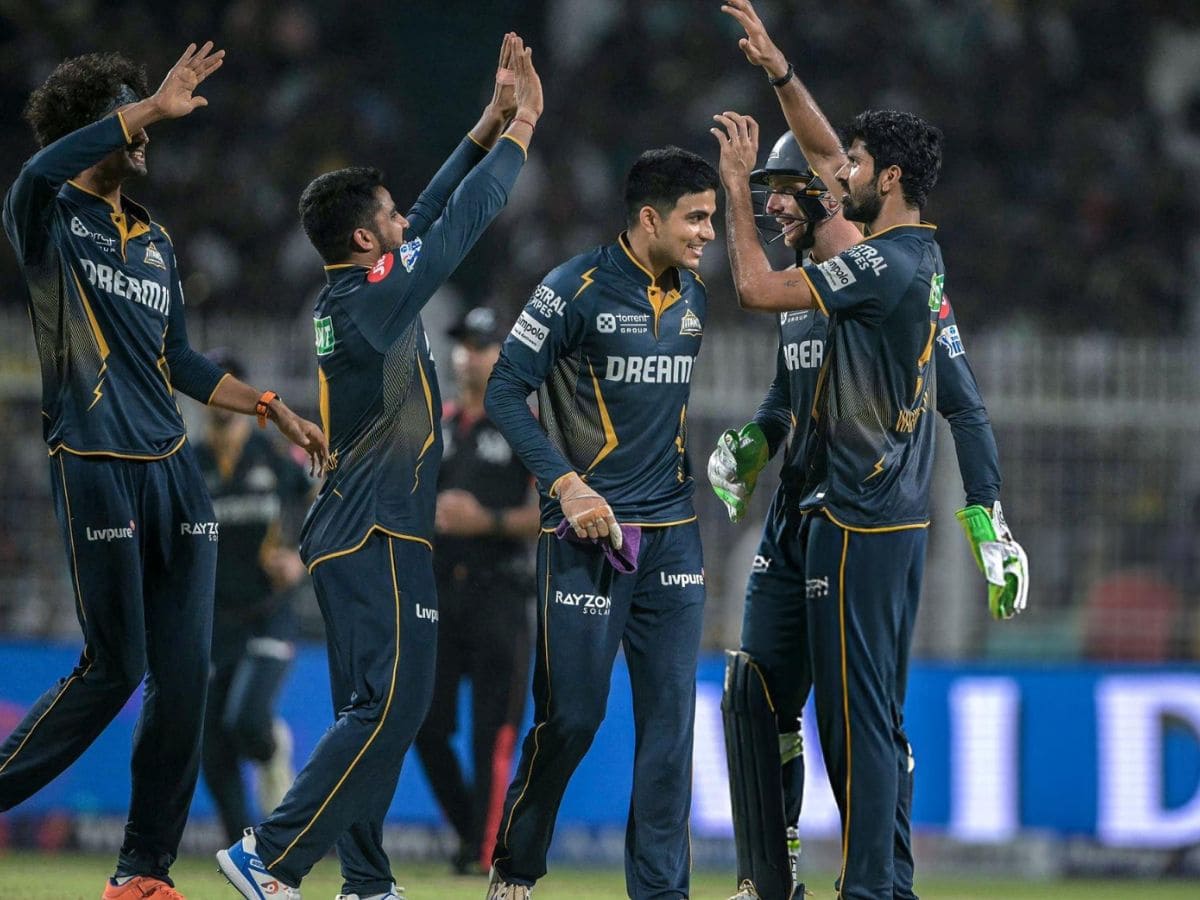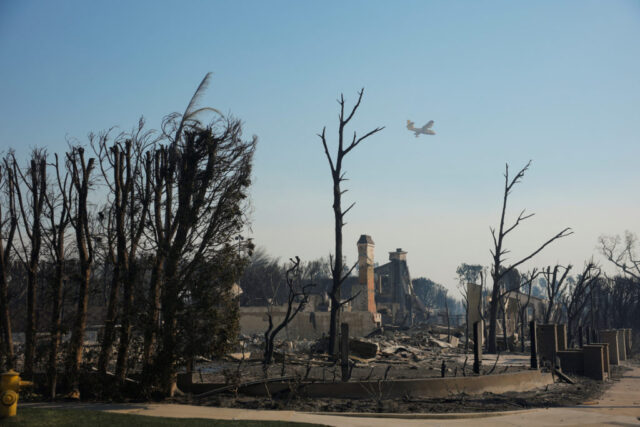Amna Nawaz:
Well, a number of questions remain about the response to these deadly wildfires.
Let’s look at some of those now with Juliette Kayyem, a former assistant secretary at the Department of Homeland Security, now at the Harvard Kennedy School.
Juliette, let’s talk about some of the conversation and questions around water usage first. You heard Stephanie Sy reporting there about these moments when hydrants were going dry just as firefighters were trying to use them to fight the flames. What do we know about the municipal water system, about the role it’s meant to play in these efforts, and what happened here?
Juliette Kayyem, Former U.S. Department of Homeland Security Assistant Secretary: So we know — what we know is that no city is built for a municipal water system to deliver assistance during what’s essentially a wildland fire.
This is the challenge that Los Angeles is facing now. You have a WUI. It’s called wildland-urban interface. The best way to fight a wildland fire is by using helicopters and dropping water on it. We don’t have that capacity now because of the winds and because you’re in populated areas. So they’re essentially doing hand-to-hand combat.
The sort of metropolitan municipal water system is not built for that kind of capacity. So, basically, what happened is, there’s enough water. This has nothing to do with the supply of water. It has to do with the pressure in the system. Everyone was grabbing it at the same time. So it’s not able to refill.
And that is why you heard about, well, there was no water in the hydrants. Actually, there was water. There wasn’t enough pressure to deliver that water to hilly areas like the Pacific Palisades, which is essentially sort of a cliff area over the ocean. It’s been remedied, but that happened also in Maui.
It’s happened in other major fires. These systems are not built for wildland fires.








